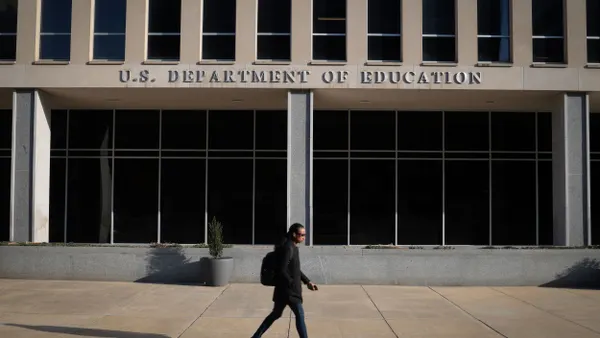Dive Brief:
- Korey Barkley, who teaches Spanish at Marshall Simonds Middle School in Burlington, Massachusetts, believes icebreakers are a great way to start the school year — even with students who may have been in class together since kindergarten. Icebreakers can be done after a long vacation or even when a new student joins a class during the middle of the year.
- Not every icebreaker has worked for Barkley, she wrote in eSchoolNews. But some that have been successful include Name Bingo, which lets students fill in bingo squares around statements like “has more than three siblings” or “has brown hair.” Another favorite is Would You Rather, which asks students a simple question like “Would you rather eat popcorn or candy at a movie?"
- As a Spanish teacher, Barkley often asks students to answer in the language they're learning as well. The best thing about entry events is they’re nimble enough to be adapted to any curriculum.
Dive Insight:
Icebreakers are those get-to-know-you moments that people either love or dread. Using them at the beginning of a school year can help build community in a classroom, while also working as an entry event to set a positive tone for the year.
Entry events can be an exciting first lesson at the start of a semester, and while these moments can happen inside a classroom — there’s no reason a teacher can’t move them outside as well. The Tarrant Institute for Innovative Education, part of the University of Vermont, recommends field trips as a way to launch a learning module. But if going outside isn’t possible, teachers can also create an entry event from a virtual moment. Two Way Interactive Connections in Education (T.W.I.C.E) has a number of online options, from a Marine Mammal Adaptions chat with the Alaska Sea Life Center, to book talks with authors for a fee.
Anything that interests a teacher is likely to capture a student’s attention too. There’s no reason the start of a school year can’t be exciting for educators and pupils alike.











